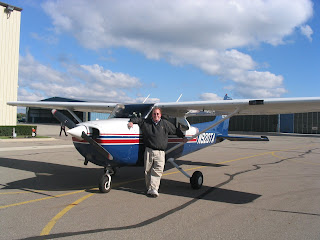
These are the show notes to an audio episode. You can listen to the show audio by clicking here: http://traffic.libsyn.com/airspeed/AirspeedTotality.mp3. Better yet, subscribe to Airspeed through iTunes or your other favorite podcatcher. It’s all free!
Have you ever wondered what it would be like to see something 70 miles wide moving over the landscape at almost 1,700 miles per hour?
I think it was a Carl Sagan essay where I first heard the experience described. He had that very experience standing on a hilltop with hundreds of other people. All expected the experience and understood what was happening. But when a shadow stretching from horizon to horizon appeared and swept over the valleys and grasslands and swallowed the assembled people, some involuntarily screamed. [Read more...]







